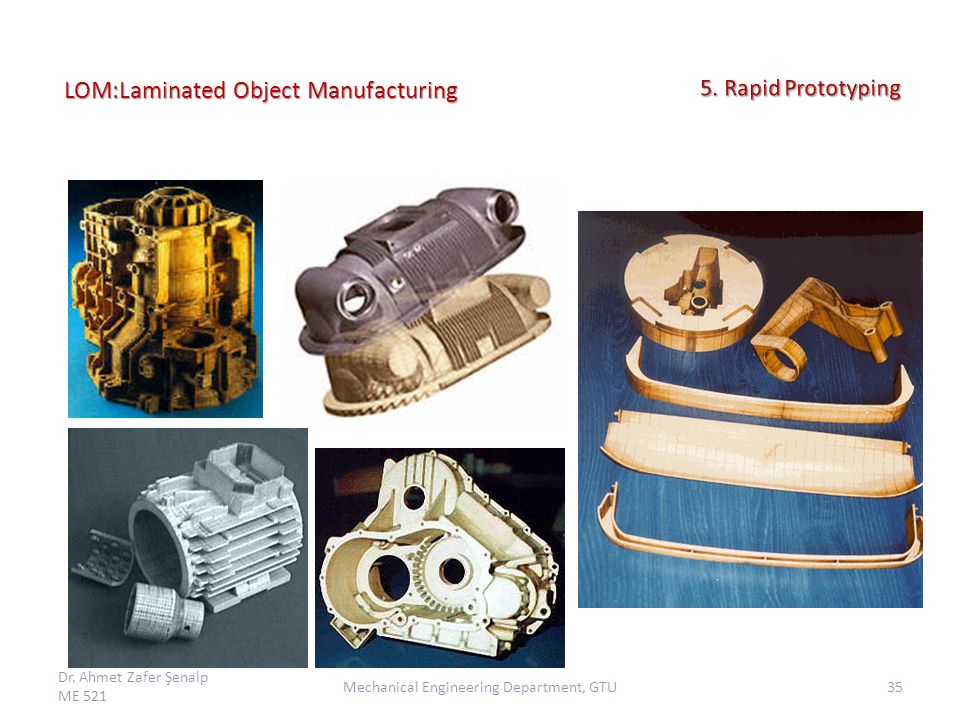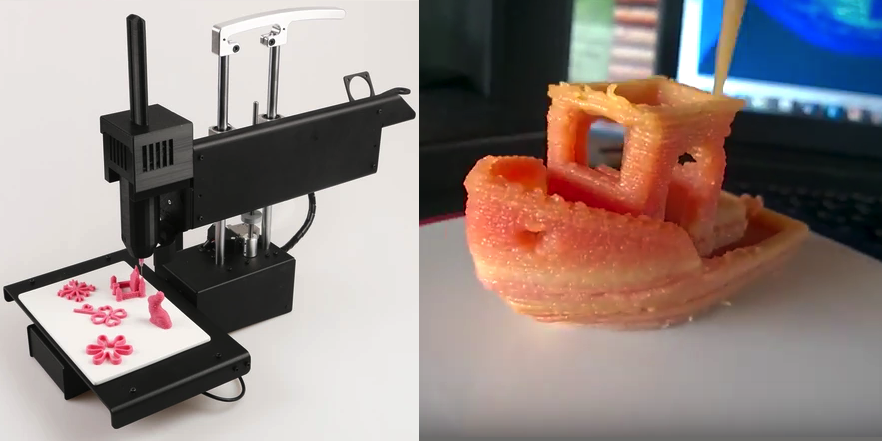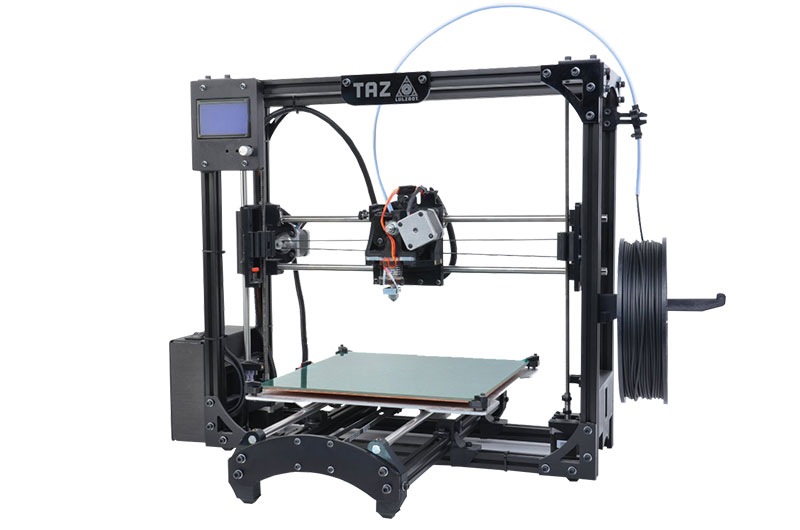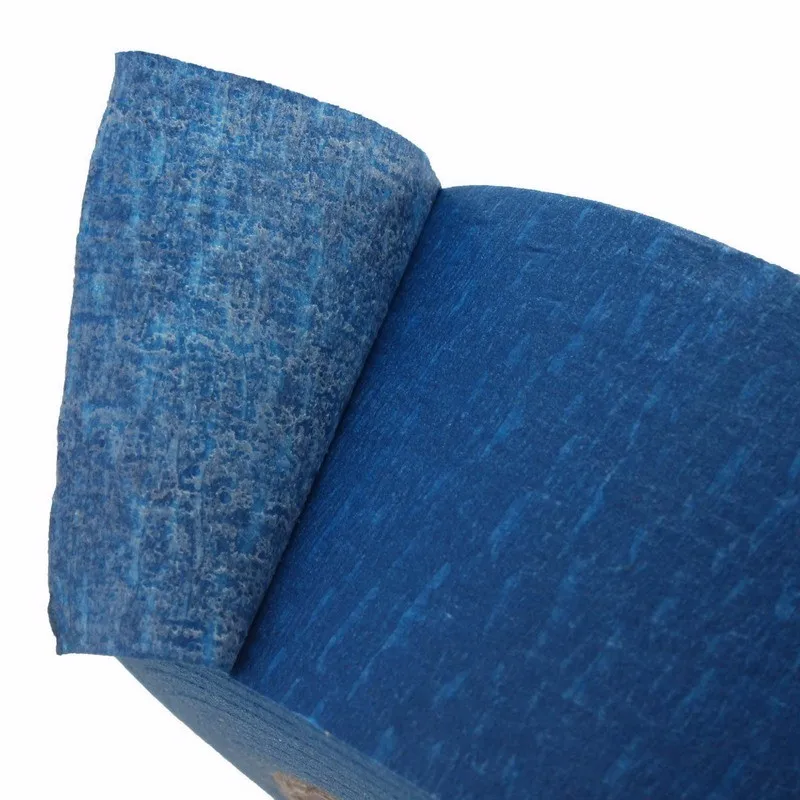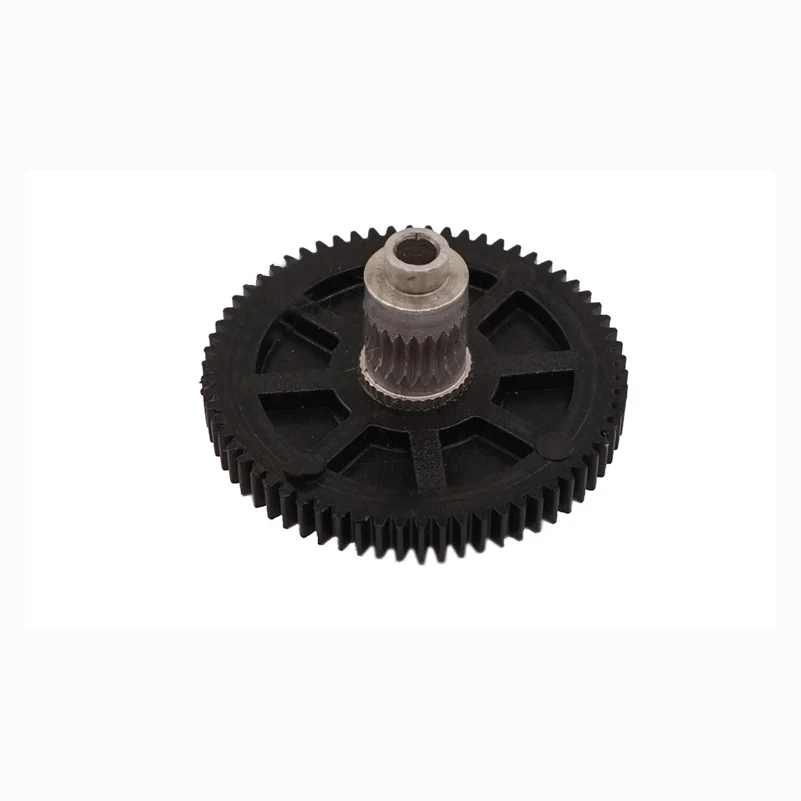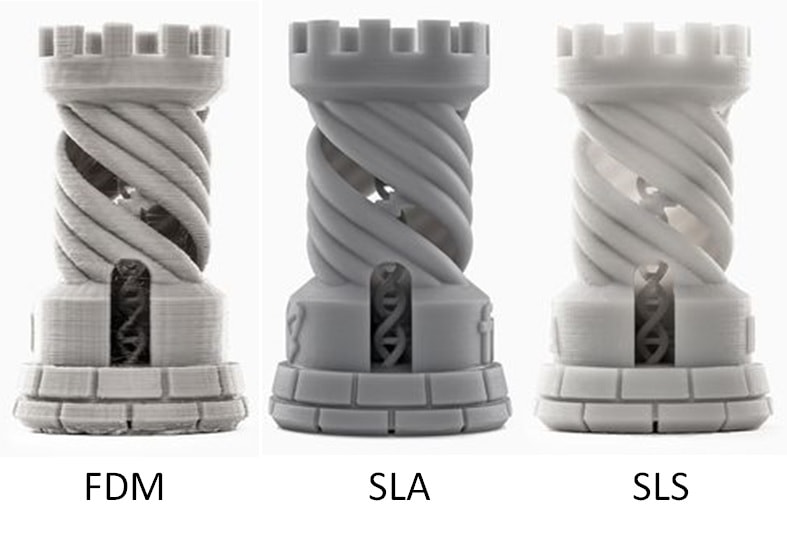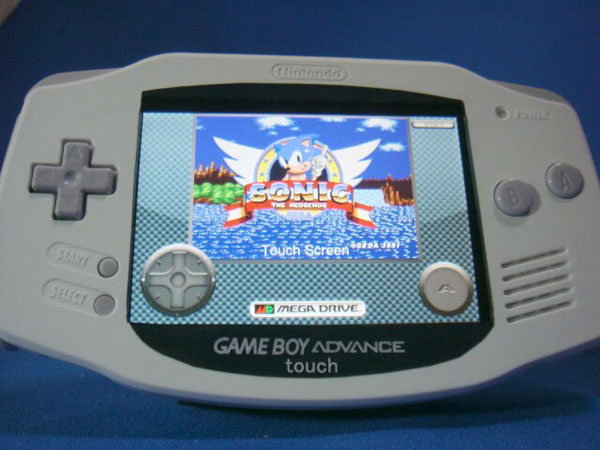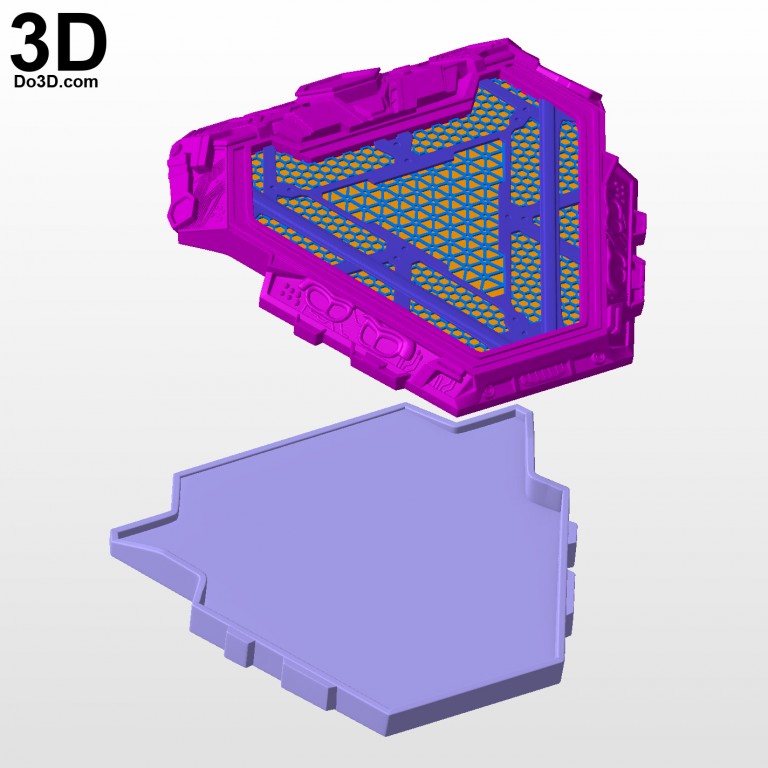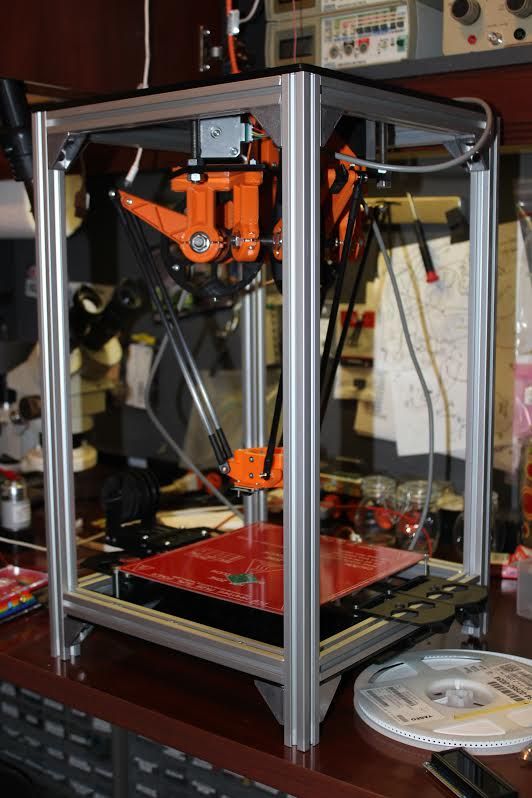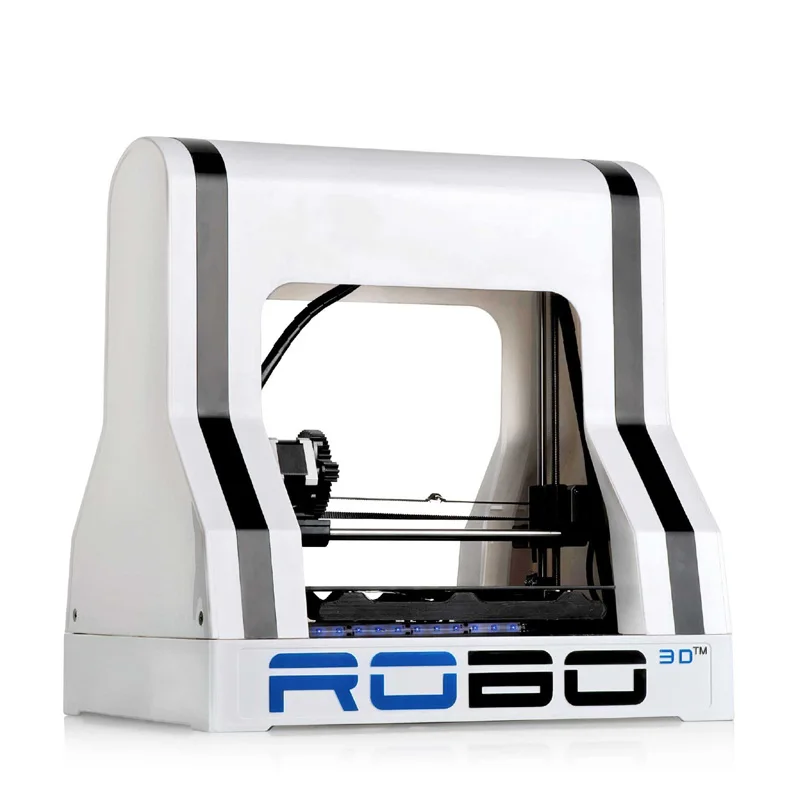3D printing lom
What is Laminated Object Manufacturing (LOM)?
Laminated object manufacturing (LOM) is a rapid prototyping system originally developed by Helisys Inc.
LOM technology uses adhesive-coated paper, plastic, or metal laminates as a 3D printing medium. These sheets of material are glued together layer-by-layer and cut into shape using a knife or with laser cutting. Objects created using LOM can then be further modified post process by machining or drilling.
Laminated object manufacturing is a versatile process, which is most usually performed using paper as the material. While plastic and metallic sheets can also be used, these are both more complex to cut.
As an additive manufacturing process, LOM is fast and inexpensive, and is typically used for rapid prototyping rather than production. The precision of the finished object depends upon the thickness of the material layers being used, although it is typically not as precise as other methods.
Contents
Click the links below to skip to the section in the guide:
- How does it work?
- When was it created?
- Advantages
- Disadvantages
- Applications
- Conclusion
TWI
TWI supports our Industrial Members with a range of manufacturing support services, including prototype design and management.
TWI is an Industrial Membership based organisation. TWI's experts can provide your company with an extension to your own resources. Our experts are dedicated to helping industry improve safety, quality, efficiency and profitability in all aspects of materials joining technology. Industrial Membership of TWI currently extends to over 600 companies worldwide, embracing all industrial sectors.
You can find out more by contacting us, below:
Laminated object manufacturing uses a building platform onto which the sheets of material can be rolled out. The materials are usually coated with an adhesive layer that is heated by a feeding roller to melt the adhesive.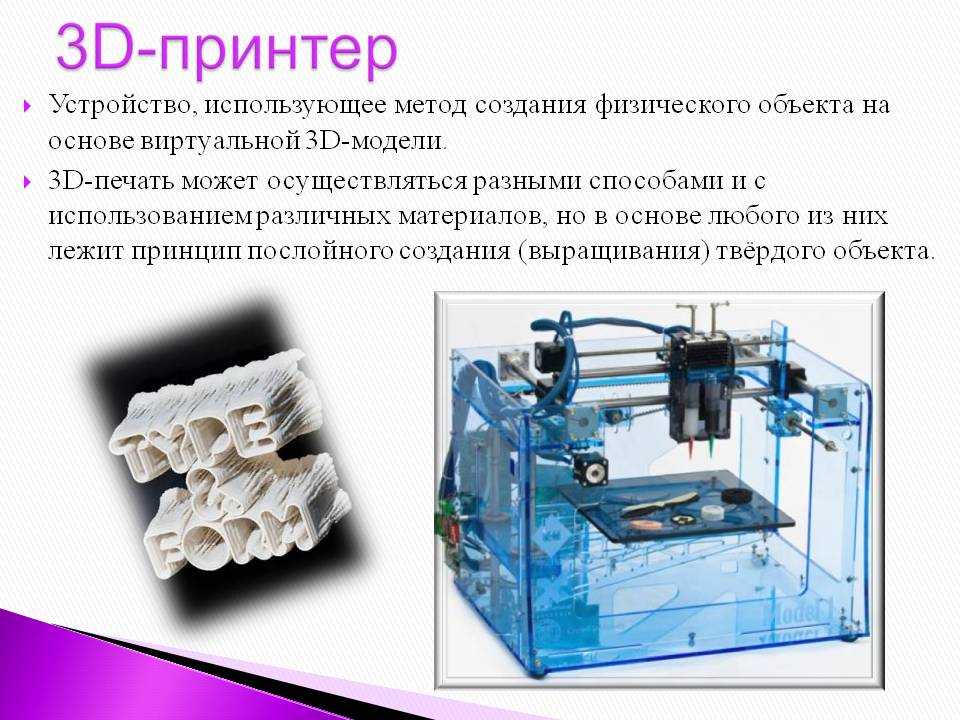 In this way, each layer can be glued to the previous one to build up an object. A blade or laser is used to draw out the geometry of the object as well as cross hatching excess material to facilitate the removal of waste.
In this way, each layer can be glued to the previous one to build up an object. A blade or laser is used to draw out the geometry of the object as well as cross hatching excess material to facilitate the removal of waste.
Once a layer has been glued into place and the required dimensions drawn, the build platform moves down so another layer of material can be rolled into position with the heated roller. This process is repeated until the model or prototype is complete.
If an object is printed using layers of paper it will take on wood-like properties and so may need sanding to finish. Paper objects are then often sealed with paint or lacquer to prevent moisture getting in.
A company called Helisys (which was succeeded by an organisation called Cubic Technologies) created laminated object manufacturing in 1991. Helisys fused sheets of material together before using a digitally guided laser to cut out the desired object, although they ended operations in 2000.
Brothers Conor and Fintan MacCormack developed the original process in 2003 by using standard office paper and an inkjet printer to print the designs. The paper was then built up layer-by-layer before a tungsten blade is used to cut away the waste paper to reveal the final object.
The paper was then built up layer-by-layer before a tungsten blade is used to cut away the waste paper to reveal the final object.
The MacCormack brothers commercialised LOM through their company, Mcor Technologies, which continued to develop the process by using CMYK colour to print more vivid objects that could be used for promotion or visual prototyping. This new process was developed so that sheets of paper were colour printed before being selectively glued and cut. In this process, known as selective deposition lamination (SDL), the adhesive is only applied to the areas that correspond with the design, making the final object easier to cut from the waste material.
LOM offers several advantages for industry for the quick and inexpensive production of prototypes and other products. Companies can use a computer-generated model of a product to quickly and efficiently build a prototype from inexpensive build materials like paper, making LOM preferable for rapid prototyping than other manufacturing processes, including 3D printers.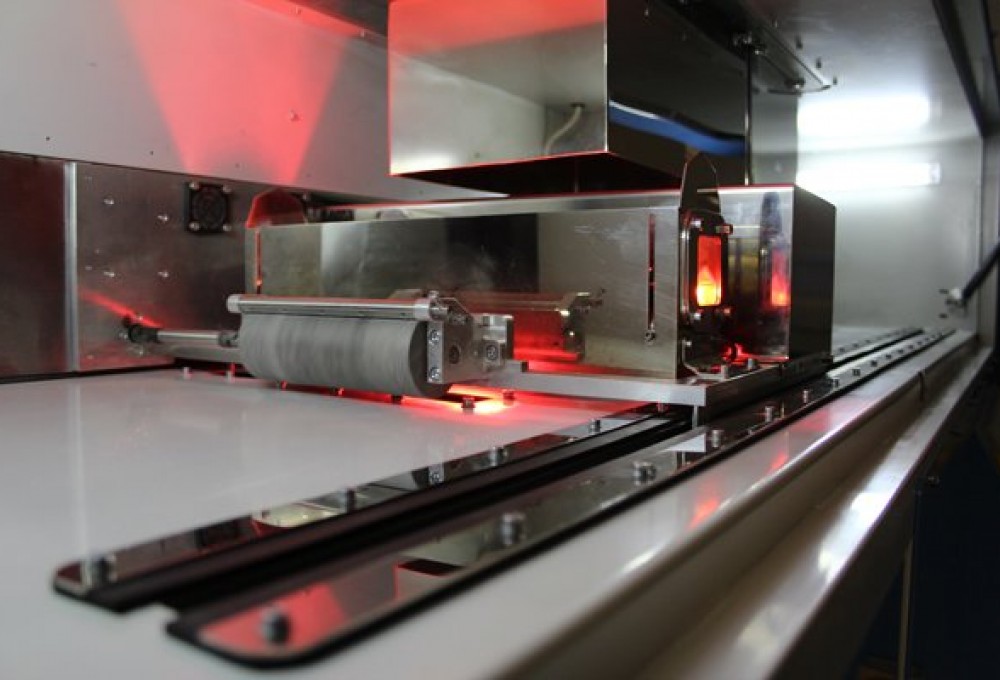
The LOM process can be used to create both solid and hollow objects, including large parts, faster and for less cost than with standard additive manufacturing. Relatively large parts can be created easily as there is no chemical reaction in the build process, while there is also no need for support material as the laminated material supports itself while curing before the final object is cut out.
Models created with paper have wood-like characteristics, meaning that they can be worked and finished in a similar way.
For all of the advantages of LOM, there are still some disadvantages with the process.
Firstly, because LOM is a subtractive process, it is not as easy to produce complex geometric shapes as with other 3D printing processes. This is because it is not always possible to access the internal parts of the object or to remove excess material from within an object.
The nature of LOM makes internal structures and undercuts difficult and can create challenges with breaking parts out from the laminate.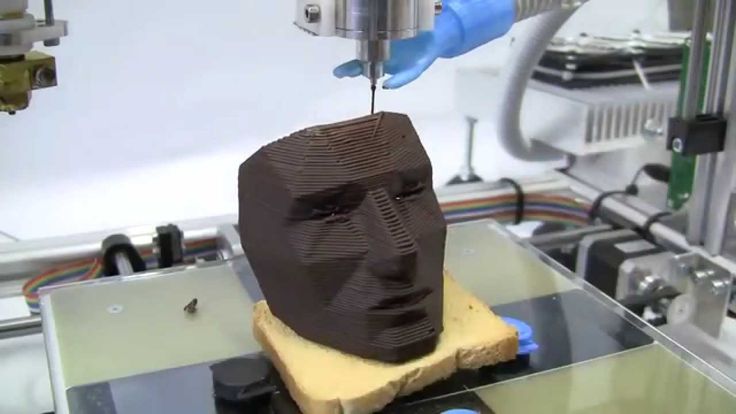
LOM offers reduced dimensional accuracy when compared to stereolithography and selective laser sintering.
Depending on the material used, LOM parts can also have a poor surface finish and more delicate paper parts may have low strength. Paper LOM parts can also readily absorb moisture unless treated.
Despite the challenges and disadvantages of LOM, the process remains an excellent option for conceptual prototyping due to the speed and low cost of the process.
Scale models can also be created using laminated object manufacturing, while the use of colour inks and paper also allows for the creation of inexpensive yet eye-catching 3D promotional items.
While the final results of laminated object manufacturing mean that items created using this technique are rarely used as finished products, LOM is a highly time and cost-effective method for creating rapid visual prototypes to test designs.
LOM can be used with a range of different materials to create prototypes, models and even inexpensive promotional items, making it an efficient technique for a range of different industries.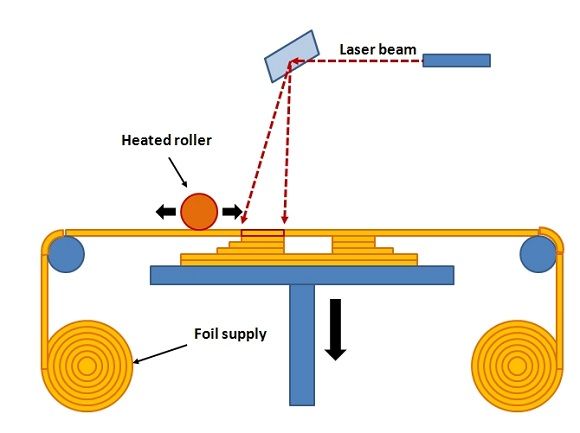
Related Frequently Asked Questions (FAQs)
What is 3D Printing?
3D printing, also known as additive manufacturing, is a method of creating a three dimensional object layer-by-layer using a computer created design.
What is Additive Manufacturing?
Additive manufacturing (AM) or additive layer manufacturing (ALM) is the industrial production name for 3D printing.
What is Rapid Prototyping?
Rapid prototyping is the fast fabrication of a physical part, model or assembly using 3D computer aided design (CAD).
What are the Advantages and Disadvantages of 3D Printing?
This page aims to help with the selection process. We will cover each of the advantages and disadvantages of 3D printing.
3D Printing with Layers of Paper
There are a lot of different 3D printing processes available nowadays, but have you ever heard about Laminated Object Manufacturing? Laminated Object Manufacturing (or LOM) is a very fast and inexpensive way to 3D print objects in several kinds of materials. Sheets of material are bonded together and cut in the right geometry according to the 3D model. Laminated Object Manufacturing is mainly used for rapid prototyping processes, not for production.
Sheets of material are bonded together and cut in the right geometry according to the 3D model. Laminated Object Manufacturing is mainly used for rapid prototyping processes, not for production.
What is Laminated Object Manufacturing?
Laminated Object Manufacturing is a 3D printing method, developed by Helisys Inc (now Cubic Technologies). but what happens during this process? Layers of material, plastic or layers paper are fused, or laminated, together, using heat and pressure.
You may have never heard of this 3D printing technology before and that is normal. Even though this technique is efficient, affordable and quite fast, it is still not really popular.
In the LOM technology, the layered material is rolled on the building platform. Usually, the material is coated with an adhesive layer and the feeding roller heats in order to melt the adhesive. The layer is then glued to the previous one. A blade or a laser is used to draw the geometry of the object to build and draw crosses on the rest of the surface to facilitate the extraction of the final objects. At the end, the building platform contains a block composed of the final objects and the parallelepipoids that are to be withdrawn.
The layer is then glued to the previous one. A blade or a laser is used to draw the geometry of the object to build and draw crosses on the rest of the surface to facilitate the extraction of the final objects. At the end, the building platform contains a block composed of the final objects and the parallelepipoids that are to be withdrawn.
Objects printed using paper then taking on wood-like properties, and can benefit from a sand casting finish, while paper objects are usually sealed with a paint or lacquer to keep out moisture.
The technology has been brought to the public by Cubic Technologies (formerly Helisys inc.) that propose a plastic LOM machine. Recently, MCor launched their paper-based machine adding color to the technology.
What materials can be used with this 3D technology?
This technology is very versatile as almost any material can be glued. During this additive manufacturing process, layers of adhesive-coated paper, plastic, or metal laminates are successively glued together.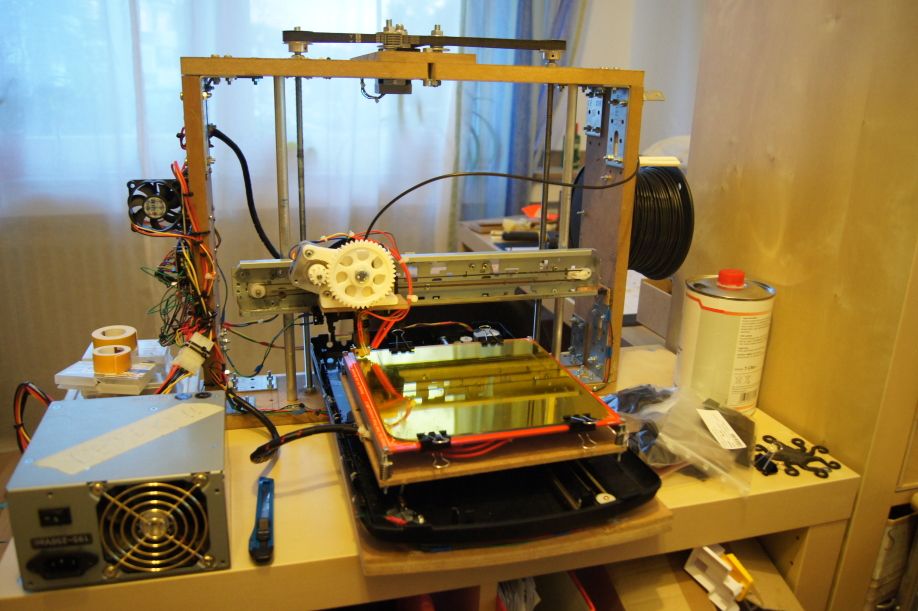 The more common material used is paper as it is easily cut. Plastic can also be used, using a blade or a laser during the cutting stage. Metallic sheets are more unusual because the cutting stage is more complicated.
The more common material used is paper as it is easily cut. Plastic can also be used, using a blade or a laser during the cutting stage. Metallic sheets are more unusual because the cutting stage is more complicated.
What are the particularities of this technology?
This is a very simple process making it easy to use, cheap and fast. The printing precision depends on the layer thickness and thus depends on the material. Compared to other technologies, it is not considered as very precise. The withdrawal of the support parallelepipoids is an exhausting and critical task that can lead to damaged objects.
What are the applications of Laminated Object Manufacturing?
LOM machines are mainly used for rapid prototyping plastic parts. Its low price and fastness make it convenient to make prototypes, even though the produced objects are far from end-use parts. Moreover, Laminated Object Manufacturing can’t create really accurate models such as technologies like Selective Laser Sintering (SLS), or even Stereolithography (SLA).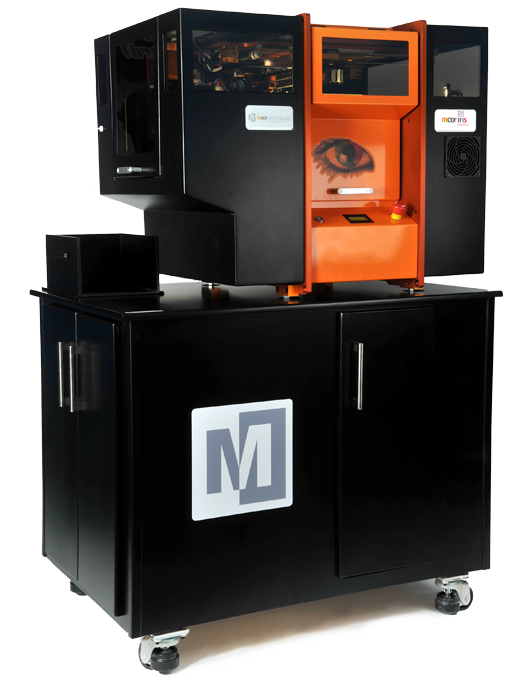 It is not possible to print intricate and complex geometries, but its cheap process and freeform fabrication process are making it a good prototyping technique.
It is not possible to print intricate and complex geometries, but its cheap process and freeform fabrication process are making it a good prototyping technique.
Mcor technologies proposes a particular kind of LOM, they named this additive manufacturing process Selective Deposition Lamination (SDL). It is a paper based technology that adds color in the print. Sheets of paper are colour printed, selectively glued and cut with a blade. The glue is only applied in the surface corresponding to the object, then it is easier to excavate the final object. Plus, the addition of colour allows this technology to compete with binder jetting technologies to produce multicolor objects, even if the quality is not the same.
Are you looking for a great rapid prototyping technique? Check out our 3D printing materials catalog, and choose the best technology for your project! You will just have to upload your STL file on our online 3D printing service, we will manage your order with our professional 3D printers.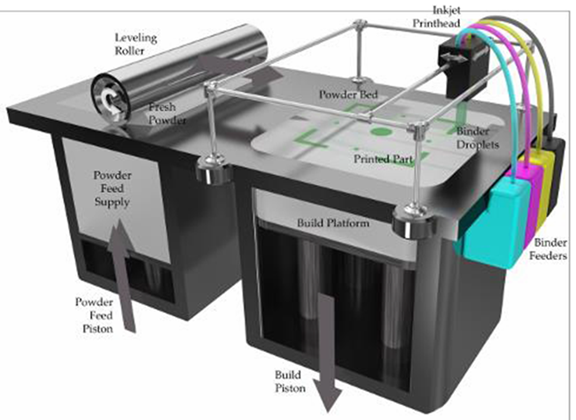
Related glossary pages
Construction 3D printing is waiting for a breakthrough The first construction projects using this technology appeared only in 2014. We are talking, first of all, about the so-called small architectural forms (benches, flower beds, fences). They never even dreamed about building houses. But already in 2015, the Russian startup Apis Cor made a splash - it printed a whole house in the Moscow region. Since then, news about new 3D printed houses has periodically appeared. However, despite the fact that the technology proved to be very promising in terms of the speed of construction of housing and the reduction in the cost of construction, no mass implementation followed. nine0003
Construction is the world's number one market. And, if many technological innovations are being introduced in the field of high-rise construction, then little has changed in the field of low-rise construction over the past decades. The last 30 years have seen the availability of the Internet, mobile phones, mobile internet, robotics taken to a new level, etc. , but when you get to a house construction site, you are unlikely to find many technological innovations. Automation is practically non-existent, and manual labor prevails. 2020 was a test of strength for the whole world, and also led to the highest level of inflation, which, first of all, hit the construction market, there was a dramatic change in prices for metals, cement, wood and much more. nine0003
, but when you get to a house construction site, you are unlikely to find many technological innovations. Automation is practically non-existent, and manual labor prevails. 2020 was a test of strength for the whole world, and also led to the highest level of inflation, which, first of all, hit the construction market, there was a dramatic change in prices for metals, cement, wood and much more. nine0003
This Internet meme shows what happened to the cost of building materials in just a year. And the process is still going on. At the same time, there is a serious rise in the cost of labor, and there is an acute shortage of it. All this leads to a sharp rise in the cost of building houses. No matter how strange it may sound, statistics show that the growth of automation does not occur when everything is fine, but precisely in crisis situations, during increased competition, reduced demand and the need to urgently look for new technologies to increase production efficiency. So it happened this time, and after some stagnation, construction 3D printing received a new impetus for development. nine0003
nine0003
Preparing to write an article, I turned to the founder of Arkon - Boris Kozlov y. Arkon was established in 2020 and is engaged in the production of construction 3D printers, both a workshop type for creating prefabs (prefabricated houses) and a portal one capable of printing a two-story house. I asked Boris the key, in my opinion, question:
- Construction 3D printing appeared in 2014, but no mass introduction of this technology followed in 7-8 years. Why do you think this happened, and why is there a surge of new projects right now? nine0010
- It seems to me that the reason is the snowball effect. The technology had to mature, grow from a hypothesis to a pilot implementation, and finally to commercialization and scaling (what is happening now). In addition, it should be borne in mind that construction is one of the most conservative industries, where, unlike even aviation and the automotive industry, there is still an extremely low introduction of digital solutions and automation in the field of the production process itself - the construction itself.
The issue of regulation and certification also plays an important role - this process is long and creates an additional lag. nine0021
In 2014-2016 the first samples of building 3D printers and prototypes of printed buildings appeared. The concepts of various form factors of construction 3D printers and types of printing materials were tested.
In 2017-2018 in the world, the first notable investments were made in a number of construction 3D printing start-ups. Further, by 2020, these investments "rolled" in the form of reaching a certain level of technology maturity - the first commercial products (3D printers and houses) appeared. nine0021
Finally, in 2020-2022 it became clear that the hypotheses of the effectiveness of construction 3D printing were justified (cheaper, faster, more environmentally friendly), and large investments began in the industry. A striking example is the investment of GE (the French division of General Electric) in the Danish COBOD or the achievement of a capitalization of $ 2 billion by the American company ICON.
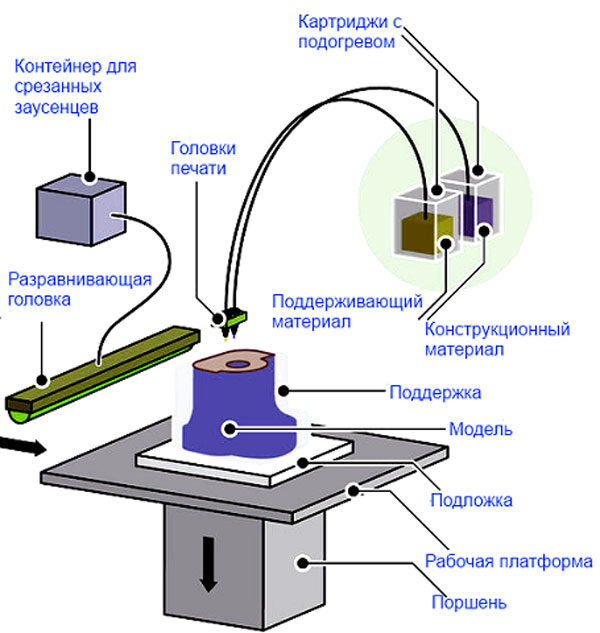
In 2022-2023 over 1,000 buildings will be printed worldwide already, scaling from single buildings/pilot projects to entire villages and major infrastructure/reinforced concrete implementations. In addition, in a number of countries, by now, a regulatory framework has been created or is being actively created for the introduction of additive technologies in the construction industry. nine0021
Thus, I believe that the specified time period is a fairly natural cycle of technology development, which is likely to experience exponential growth in the next decade.
According to ResearchAndMarket report, the global construction 3D printing market is valued at USD 354.3 million in 2022 and is projected to reach USD 11068.1 million by 2027, growing by 99.04%.
Various market processes affect the prices and behavior of participants in the global 3D construction printing market. They create price signals that are the result of changes in the demand and supply curves for a product or service. They can be associated with both macroeconomic and microeconomic factors. Even human emotions can also drive decisions, influence the market, and create price signals. nine0003
They can be associated with both macroeconomic and microeconomic factors. Even human emotions can also drive decisions, influence the market, and create price signals. nine0003
Now let's take a quick look at what the construction 3D printer is. Without delving too deeply into the technology, we can say that construction 3D printers are very similar to classic FDM/FFF printers that print with plastic, but instead of plastic, the material here is a cement mixture, which is fed directly into the nozzle and forms an object by layer-by-layer overlay. Printers are also portal, on the basis of a flying boom, with a robotic arm.
Pictured left is a construction printer based on a boom. The figure on the right is a gantry construction 3D printer
In the figure above, a construction 3D printer in the form of a robot arm installed on a mobile platform.
Everything changed completely when, in the summer of 2021, the American company ICON, which was trying to introduce 3D printing into the construction of various auxiliary facilities, signed a contract with one of the largest American developers, Lennar, to build a village of 100 houses in Texas and immediately became a unicorn , having received 200 million dollars of investments from several investment funds.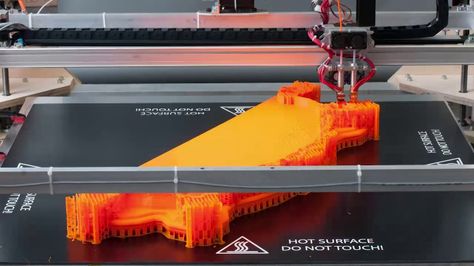 nine0003 Pictured is a 3D printed house in Austin, Texas. A 3D printed house in Austin, Texas.
nine0003 Pictured is a 3D printed house in Austin, Texas. A 3D printed house in Austin, Texas.
At the same time, the Danish company COBOD, created by the world's largest construction formwork company PERRI, began selling its gantry 3D construction printers and participating in construction projects around the world. In the photo below, a modern two-story house built in Germany and a school building in Malawi, built in record time with a minimal budget.
Few things unite developed, developing and poor countries, everywhere their problems and tasks, but Affordable housing shortage is a global agenda . If in poor countries there is an acute problem with the increase in the number of homeless people due to a lack of housing, as such, then in developing countries it is necessary to dramatically accelerate the number of new housing being built to meet the needs of a growing population. In developed countries, the problem is primarily in the cost of housing, which has risen in price to such an extent that it has become practically inaccessible to young people.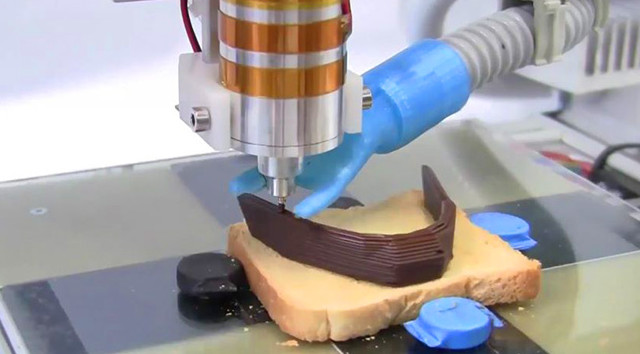 And with the simultaneous increase in life expectancy in these countries, this problem is only getting worse. nine0003
And with the simultaneous increase in life expectancy in these countries, this problem is only getting worse. nine0003
At the same time, the trend towards "green agenda " is developing, reducing CO2 emissions, building with more environmentally friendly materials, etc. But, unfortunately, so far the construction industry is the absolute leader in CO2 emissions, as well as in the amount of garbage that each construction site leaves behind. This is not to say that construction 3D printing solves all these problems, but at least it is moving in the right direction. Let's look at this with a few illustrative examples. nine0003 3D printed walls.
Today, when we talk about 3D printing houses, we are talking about printing walls. Everything else (foundation, windows, doors, ceilings and roof) is done in the traditional way. 3D printed walls are built as fixed formwork, which significantly saves the amount of cement used , and this, in turn, reduces the cost of construction and reduces the environmental impact of cement production.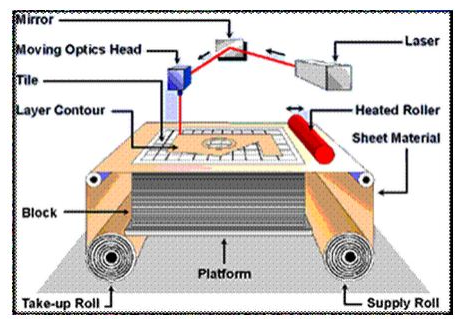 In addition, with this method of construction, no additional waste is produced, the strength of the structure does not suffer. It can be reinforced, as shown in the photo on the left, and engineering communications can be immediately laid, as shown in the photo on the right, which also affects the final speed of the construction of the object. At the same time, the total weight of the structure is reduced, the remaining cavities can be filled with lightweight foam concrete, insulation, straw or any other available material. Such a lightweight design can use a lighter foundation. The construction method itself is more economical in terms of material, and therefore environmentally friendly. nine0003
In addition, with this method of construction, no additional waste is produced, the strength of the structure does not suffer. It can be reinforced, as shown in the photo on the left, and engineering communications can be immediately laid, as shown in the photo on the right, which also affects the final speed of the construction of the object. At the same time, the total weight of the structure is reduced, the remaining cavities can be filled with lightweight foam concrete, insulation, straw or any other available material. Such a lightweight design can use a lighter foundation. The construction method itself is more economical in terms of material, and therefore environmentally friendly. nine0003
Eco-concrete with the addition of polymers is being actively developed, the production of which reduces CO2 emissions from 30% to 100%. The Apis Cor company mentioned at the beginning of the article, which built a house in the suburbs in 2015, is now based in hot Florida, plans to start using this material in its projects.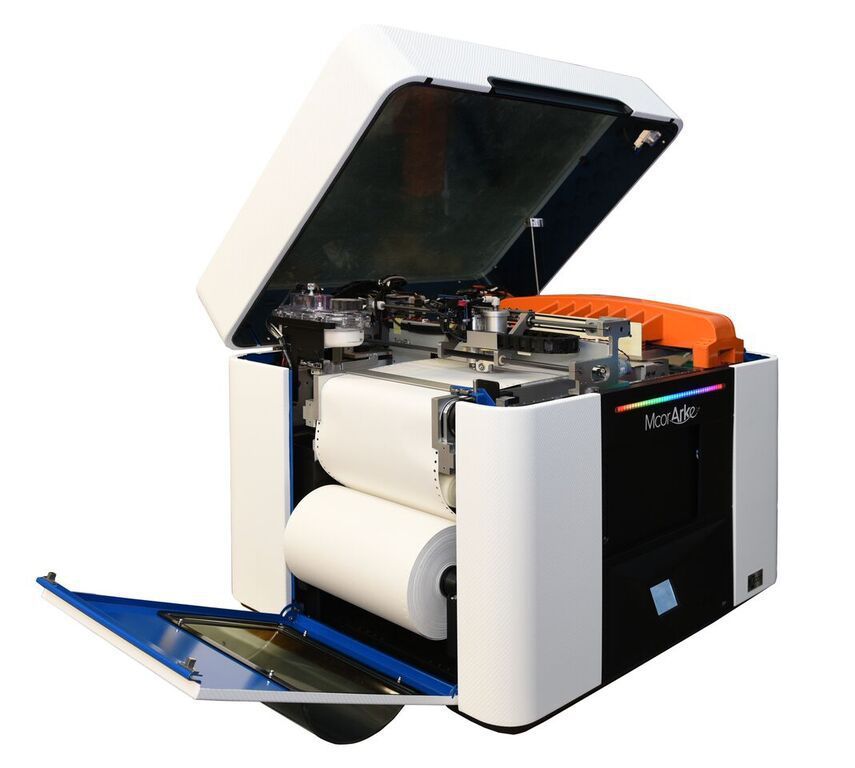
Another startup from Russia, Mighty Buildings, headquartered in California, initially relied on a polymer with the addition of mineral chips. And while the company doesn't build entire homes, it only makes wall panels, it has won numerous design awards, as well as a $400 million valuation in several investment rounds. nine0003
As a result, with a rough calculation, we can say that the total savings on the construction of walls can reach 30%, and the total cost of the house can be reduced by 10%. This is true for houses designed for conventional construction. And if you initially design with 3D printing, you can improve this ratio by optimizing the laying of communications, the ability to immediately print interior walls, bookmark niches for bathrooms, fireplaces, built-in wardrobes and kitchens, as was done in the house built by COBOD in Germany. nine0003
"There are spots on the sun." Despite all the advantages of construction 3D printing, has several significant disadvantages of .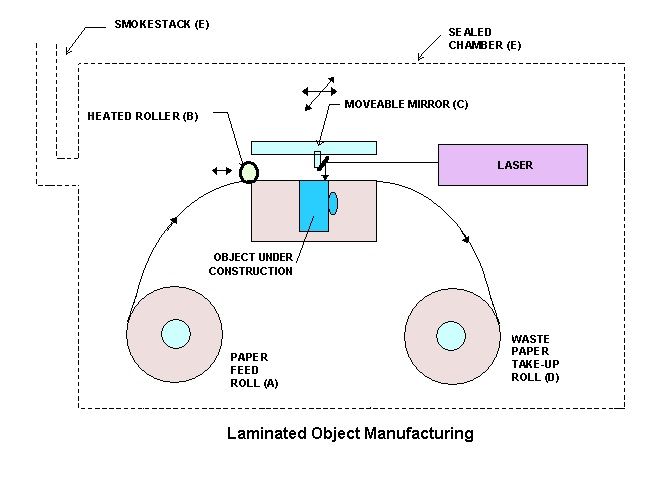 The main one is layering, which cannot be avoided at the current level of technology development.
The main one is layering, which cannot be avoided at the current level of technology development.
The photo above shows the layering of the 3D printed walls.
This task can be worked in several directions:
-
Ribbed walls can be plastered, painted and played with as a design element. That's how ICON does it in the US, for example their latest project House Zero is done that way and has won a number of design awards. nine0003
-
Use special "shutters" on the print head that allow smooth layers, as COBOD and other manufacturers do. The photo below shows that this does not ensure the complete absence of layering.
-
Fully sand the surface to get the usual smooth wall for plastering, painting, wallpapering or other finishing. It is possible, but it will require huge labor costs, which can reduce the overall efficiency of using 3D printing.
 nine0003
nine0003
Pictured above is a 3D printed wall sanded smooth.
The second problem is the required temperature. Ideally, printing should take place at temperatures between +5C° and +30C°. Humidity is also important. Using additives, you can push these boundaries, but not indefinitely. At strong sub-zero temperatures, printing will be possible in the field only if the construction site is covered with a dome and the required temperature is reached inside with the help of heat guns. In conditions of intense heat, it is preferable to print at night. Another solution could be to print the wall panels in the shop and assemble them on site. Of course, each of these decisions will have a negative impact on the economic efficiency of the project. nine0003
Building 3D printing can be useful not only for the construction of houses . With its help, you can solve many other problems, and there its disadvantages will not matter. For example, the American concern GE uses COBOD printers to build towers for wind turbines in the shop. Ribbed surface and temperature restrictions in this case do not play any role. Construction takes place in the shop, after which the object is transported to the installation site.
Ribbed surface and temperature restrictions in this case do not play any role. Construction takes place in the shop, after which the object is transported to the installation site.
Alexander Kornveits
Expert in the field of additive technologies and 3D printing, head of Tsvetnoy Mir company
3D concrete printing, building 3D printing, house printing
3D printing
- Construction 3D printing
- house printing
- 3D printing with transparent concrete nine0096
- Creation of MAF from concrete
Contact a consultant
3D printing of houses - modern solutions in construction
Our 3D4Art project team believes that modern building objects should not only be comfortable and warm, but also unique, bright and original.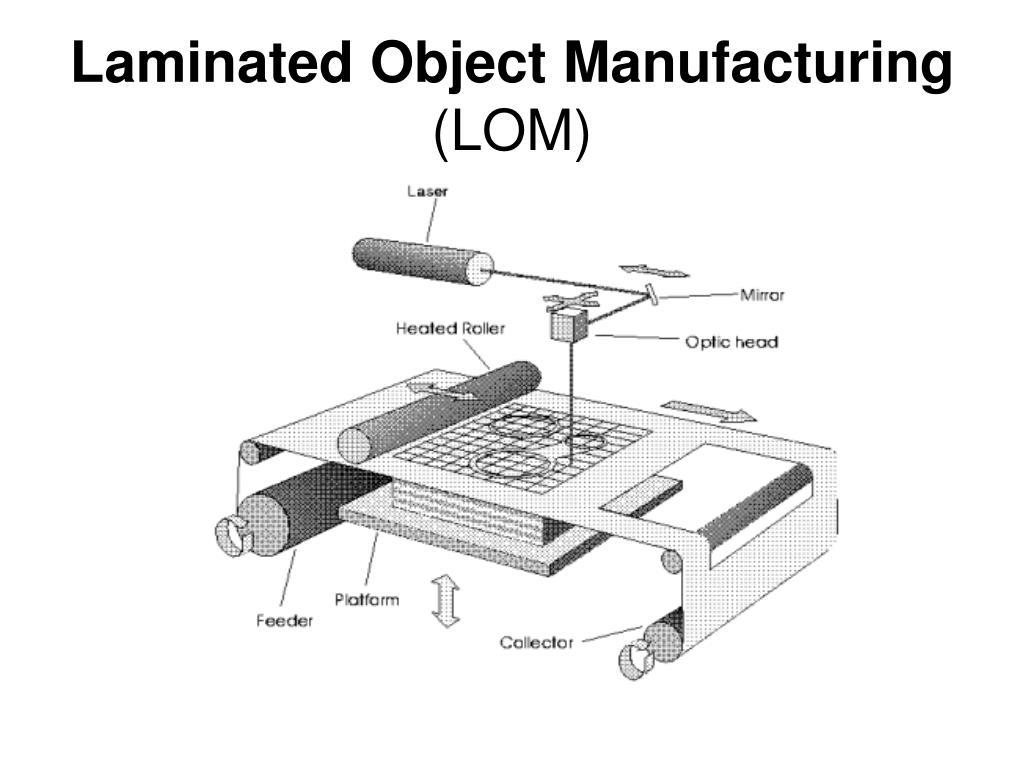 We invite you to dream about housing with unusual design solutions, with a complex composition, which will allow you not only to enjoy comfort, but also just to admire. Thanks to the development of additive technologies in construction, unique creative projects are becoming a reality, outperforming dull, angular boxes created in traditional ways in terms of cost and implementation time. nine0003
We invite you to dream about housing with unusual design solutions, with a complex composition, which will allow you not only to enjoy comfort, but also just to admire. Thanks to the development of additive technologies in construction, unique creative projects are becoming a reality, outperforming dull, angular boxes created in traditional ways in terms of cost and implementation time. nine0003
Construction 3D printing
Construction of private houses
Small architectural forms
Sale of 3D printers
CONSULTING IN CONSTRUCTION 3D PRINTING WITH CONCRETE
Our team has gone through the development and testing of additive technologies in construction from printing simple products to complex and large-scale compositions. And we are ready to provide professional support to companies aimed at developing this new and promising market. nine0003
Our specialists will develop the best solutions for your needs!
- +7 919 017 7436
Ask a Question
Learn more
3d printing - freedom of creativity
Our team invites you to become part of the historical period when unique creative projects become a reality, outperforming dull, angular boxes created in traditional ways in terms of cost and implementation time. nine0003
nine0003
MORE ABOUT US
3D Concrete Finished Products Catalog
Our team invites you to become a part of the historical period when unique creative projects become a reality, outperforming dull, angular boxes created in traditional ways in terms of cost and implementation time.
CATALOG OF 3D CONCRETE PRODUCTS
UNIQUE CONCRETE SURFACE
Unique concrete surface technology . Only we in Russia and a few in Europe are able to create such concrete surfaces.
You can see the samples for yourself. Our experts will coordinate the time for a meeting with a consultant and help with the choice.
- +7 919 017 7436
Ask a Question
View all surfaces nine0003
Interesting news about us
ALL ARTICLES AND NEWS
FEEDBACK ABOUT OUR WORK
Alexander Maslov General Director of AMT-SPETSAVIA
Roman Pavlenko, 3d4art company in December 20, completed an order for printing a complex house. Form with large overhangs, never before has anything like this been printed by anyone in the world of . The quality is excellent. For the customer, each block, and there are one and a half hundred of them, was coated with concrete varnish and packed to avoid chipping. None of the blocks were damaged in transit. nine0219 Amazing geometric accuracy . We - equipment manufacturers are delighted with the work of Roman and his team. Thank you, you are not ashamed to send customers with orders for any printing.
Form with large overhangs, never before has anything like this been printed by anyone in the world of . The quality is excellent. For the customer, each block, and there are one and a half hundred of them, was coated with concrete varnish and packed to avoid chipping. None of the blocks were damaged in transit. nine0219 Amazing geometric accuracy . We - equipment manufacturers are delighted with the work of Roman and his team. Thank you, you are not ashamed to send customers with orders for any printing.
Alexander Maslov General Director of AMT-SPETSAVIA
Artyom Dakhin Head of the company "3D Concrete", Irkutsk
Having become the owner of a construction printer, the question arose about the composition of the mixture for printing. Having tried a bunch of options with different components, in different ratios, having spent a lot of effort, time and money, I never got a satisfying result. Having plunged into the search, on the Internet I came across the site 3d4art.